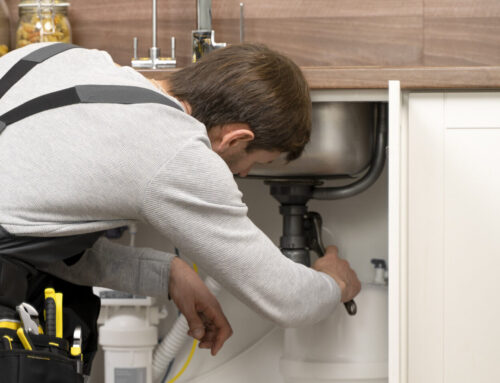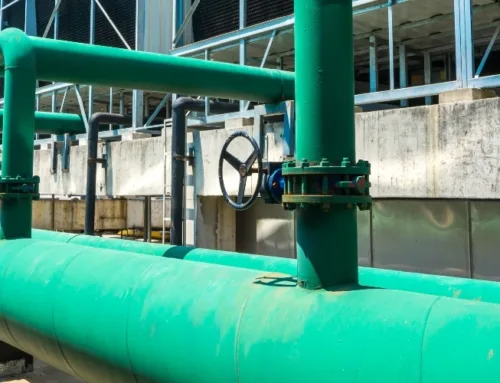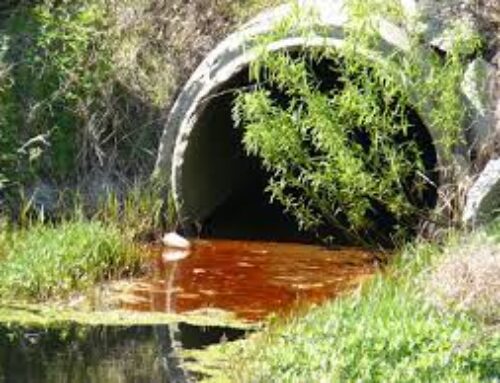Have you ever wondered why our drains get clogged? Or how can we maintain a smoothly functioning plumbing system? A clean and functioning plumbing system is a dream for every homeowner. Blocked drains can disturb daily life and need immediate repair. However, it is not difficult to make your gutters free of clogs; all you need is the proper techniques and knowledge. There are some basic things you need to focus on if you want to maintain a clean and well-functioning drain system, and in this blog, we will cover all those techniques and tips that you, a homeowner, should learn.
Preventive Measures:
It is the first step in drain maintenance. Install drain screens in sinks, showers, and tubs so that you can detect and catch debris and other waste before entering the drains. Using drain screens can prevent clogs and make life easy.
Flushing Hot Water:
Putting hot water in the drains is the most used and standard method. Boil the water kettle and pour it into pipes so that all the debris, grease and other waste goes down. It is the most effective and fastest way to remove clogs. It also makes your drains work smoothly.
DIY Drain Cleaning Solutions:
You can also make DIY cleaning solutions for your drains. Before flushing the drain with hot water:
- Pour a cup of vinegar and a cup of baking soda down it.
- Let the mixture sit for at least half an hour.
- Pour some hot water, and it will unclog the drains.
Choosing the Right Plunging Technique:
A plunger is a homeowner’s best friend regarding drain cleaning. If you use it correctly, it will make things better. Here are some steps you should follow:
- Choose the right plunger. The cup plunger is used for showers, sinks and tubs as they have flat surfaces, and cup plungers provide a strong seal for such characteristics. Another type of plunger is a flange plunger that is used for toilets. It is best for curved surfaces like toilets.
- The second step is to seal the Opening that is overflowing. Cover the Opening with a cloth or rag.
- Then, add water to the sinks and toilets if it needs to cover the sinks adequately.
- Position the plunger over the drains. Make sure it covers the whole Opening.
- Now press the plunger down so that it creates a seal. The goal is to push out as much air as possible from under the cup, creating a vacuum effect.
- Plunge it with force so that it removes all the blockages. Push down forcefully and then pull up rapidly. Repeat this motion several times, maintaining the seal with the cup. Remember to be patient and use a slow plunging motion to avoid splashing.
- If the water starts draining, it means your drains are clogged-free now; if not, then repeat the process.
- The last step is to clean the plunger after using it.
Using Augers or Snakes:
If the clogs are stubborn, use augers or snakes. Handheld drills are best for sink and shower drains, while toilet drills are designed for clogs. Learn to use these tools properly to avoid damaging your pipes.
Chemical Drain Cleaners (Use with Caution):
Chemical drain cleaners can be effective, but they should be cautiously used. These products contain strong chemicals that can harm you and your plumbing if not used correctly. Read and follow the instructions carefully, and consider natural alternatives whenever possible.
Regular Maintenance Schedule:
Incorporate drain cleaning into your regular home maintenance schedule. Periodically perform preventive measures and use DIY solutions to keep your drains clear. Consistent is the key, so consistently cleaning your drain system for better functioning.
Hire a Professional When Needed:
Some issues cannot be resolved by the homeowner and need professional assistance. For significant problems and persistent clogs, call a professional. FOG Control Solutions provides the best drain cleaning services, so hurry up! Call them now to make your drains clog-free.
Conclusion:
Drain maintenance is a need of every home. To make your drains work efficiently, try to maintain a cleaning schedule. You do not require advanced plumbing knowledge, but regular maintenance and learning about techniques and tools are enough to make it work smoothly. By incorporating these techniques into your routine and staying proactive, you can clear your drains and prevent significant plumbing headaches. Remember, consistency is the key to maintaining a smoothly functioning plumbing system. So, follow these skills and call a professional when needed.
FAQ’s
What is the importance of regular drain cleaning?
If you want to make your plumbing system work smoothly, maintain a schedule for regularly cleaning your drains. It prevents clogs and other waste, makes the gutters clogged and increases the lifespan of pipes.
How can I prevent clogs in my drains?
Regular cleaning, DIY methods, and professional inspection reduce the chance of clogged drains. Avoid pouring oil, hair or other waste into drains.
Is it safe to use chemical drain cleaners?
Chemical drain cleaners are effective but contain harmful chemicals that should be used cautiously. It also damages the pipes, so try to avoid them.
Which is the best DIY solution for clogged drains?
Mix baking soda and vinegar and pour them into pipes. Let it sit for 30 min, then pour boiling water, and it will remove all the clogs. For more stubborn clogs, use a plunger or snake.






